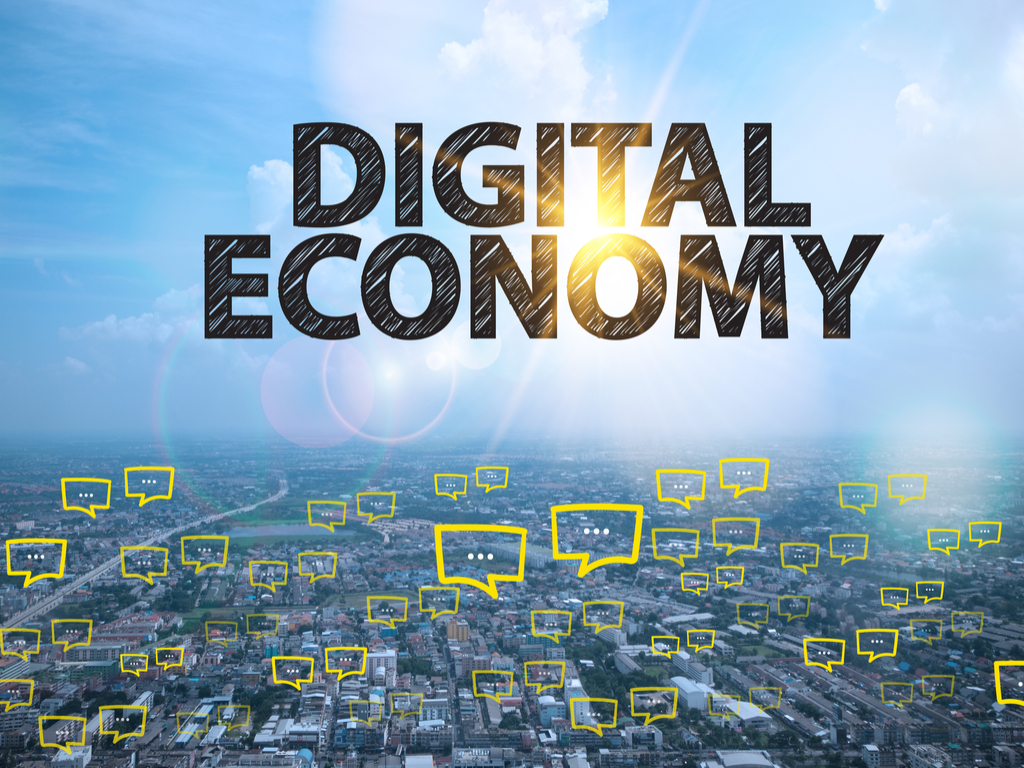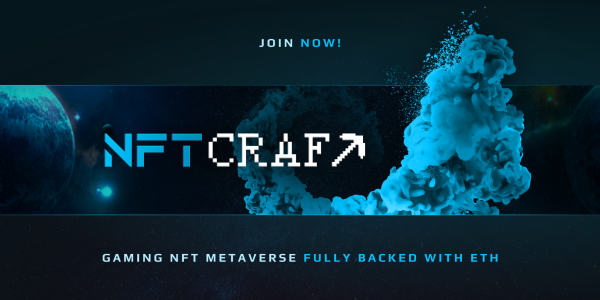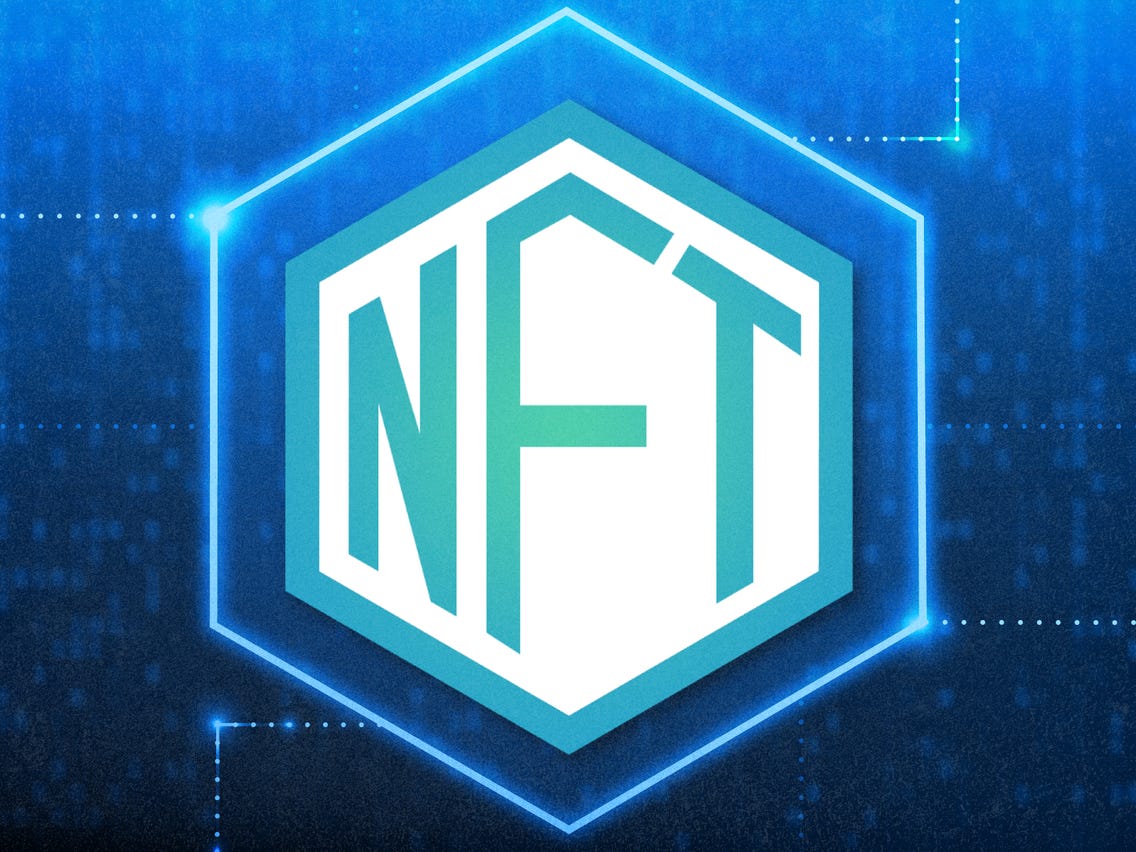Imagine a case of two university undergraduates who needs some financial assistance. One took the conventional route of student loans and summer jobs to make ends meet. The other took the unconventional route of playing video games to earn his way through school. How about that? That is what the new digital economy is becoming in the nearest future.

A fully-fledged digital economy is emerging where the best game players will make a living off their expertise at a game. So, gone are the days when people continue to passive video games as a means of just wasting time and money. Now, it is becoming a platform where nearly anyone can get the best out of NFT games by simply being good at it and trading your proceeds.
A real-life example of the case studies we saw earlier was Moritz Baier-Lentz, who could finance both his undergraduate and graduate education through NFT games. He completed game challenges and sold out rewards for real money in return. In fact, he became more successful than all the other 13 million active players across the world.
Growth in the Gaming Industry
Nearly 3 billion people worldwide play video games, and new infrastructure is on the horizon. This innovation has created a wealth of opportunities and real income for top game players. While the best are athletes or team members on a payroll who share in the prize money at the end of tournaments, they command lucrative contracts and sponsorships. As for others, they monetize the live streams of them playing these video games online and sell.
In other words, the robustness of the video games production industry in the world now is worth over $336 billion. This level covers widespread hardware, software, and other intellectual property. No doubt, gaming has become the world’s largest media category in all its expressions put together. Some presentations may include on-demand entertainment, film, music, and linear TV.
Traditional media involving these media choices within the centralized media often give developers and publishers the rights to everything within their games. However, we can now capture the generated funds and rechannel them. It also implies that a vast majority of the game players mow have value to share in their line of work.
Furthermore, the new model of ownership and profit-sharing that is growing may meet with this transformation. For instance, play-to-earn games ensure that the original developer or designer now gets the actual value of w
Play-to-Earn Platforms provides for digital identity, assets, and single ownerships
Individual owners now get time, attention, and personal investments into the digital space with complete trust. This feat is achievable with blockchain technology as cryptography makes it possible to establish a digital trust and ownership of all value contents. Learn more about blockchain technology at https://www.ibm.com/topics/what-is-blockchain.
Moreover, we can apply blockchain to a wide range of finance with arts and video games.
And its integration with blockchain technology opened a more expansive space and range of benefits to all players and potential players. In a practical sense, the NFTs can come in different shapes, including decorative personalization such as avatars, lands, characters, items, and other digital valuables. When the players do well in playing the game, they earn some of the most valuable items and can then sell them in the real world on their own terms.
Meanwhile, the true innovation in this system lies in the decentralized integrity and the security of these platforms. When these digital tools are used, they go beyond the traditional handling and custodial ownership that developers and companies can exert. Therefore, instead of waiting for these third parties or publishers to grant permission, NFT platforms can freely sell these in-game resources from play-to-earn games on marketplaces.
For instance, a popular NFT game known as Axie Infinity has established that it is more than a pipe dream. This game now rakes in massive money with over 2 million daily active users. It attained this number from an initial 4000 users within four months. Players who have also become earners in Global Southern countries such as the Philippines and Venezuela enjoy more income than their local economy.
Play-to-Earn Platforms now provide a Job board for the ‘Metaverse.’
Even though the P2E model is still an emerging one, it is already redefining how we perceive many of these digital media resources. In the end, we foresee that we may make a case for its potential to change how people interact and perceive other institutions. For instance, it may influence the perception of financial institutions, governmental bodies, and even marketplaces.

The perception of the P2E model reaches a drawn-up convergence of both the digital and the physical worlds into one. With this kind of innovation, the metaverse, which is increasingly becoming a subject of discourse, can become more visible. Meanwhile, the concerns around this subject involve the technical details of its possibility and the roles of individual participants. learn more about P2E more by clicking here.
This effect arose due to the proof of concept of a self-governed system with open creator ownership has. Therefore, the P2E model is not a stand-alone model but only spearheading the new trend of tech innovation for the emerging digital economy. Moreover, this emergence is an integral part of the ‘metaverse.’
It also marks the time for stakeholders in the digital economy to get a fuller grasp of digital identity and ownership of assets as against their physical counterparts. Moreover, the transition into the metaverse can be seen through the lens of the NFT digital bandwidth. While the average human sees assigned objects’ alignment, the metaverse perceives
- digital access
- interrelationships, and
- other associated experiences.
Conclusion
The P2E model has symbolized a tremendous innovation towards the new digital economy, and the above lessons come with excellent benefits. The transition has begun for many countries across the world, in the United States and South Korea and the Philippines, Brazil, and Venezuela.


